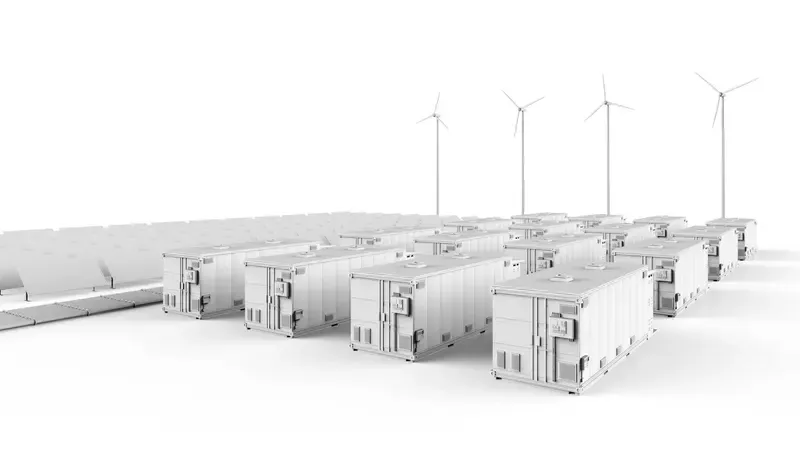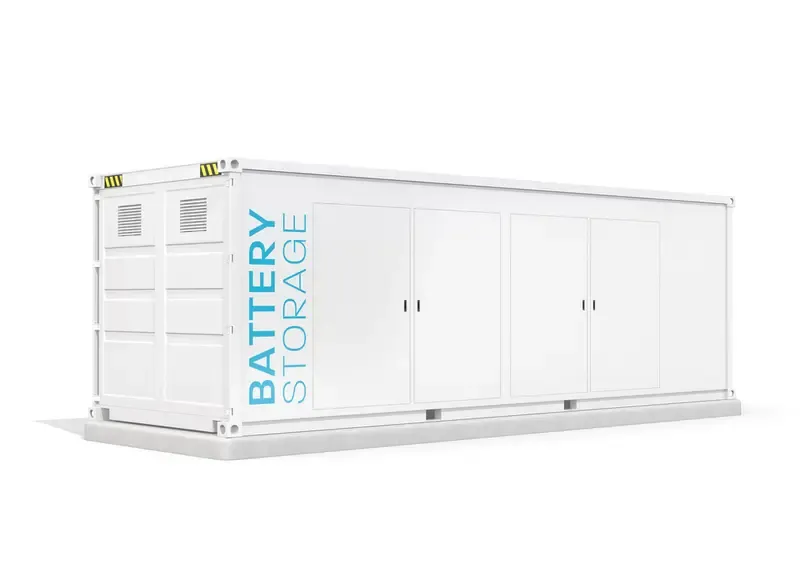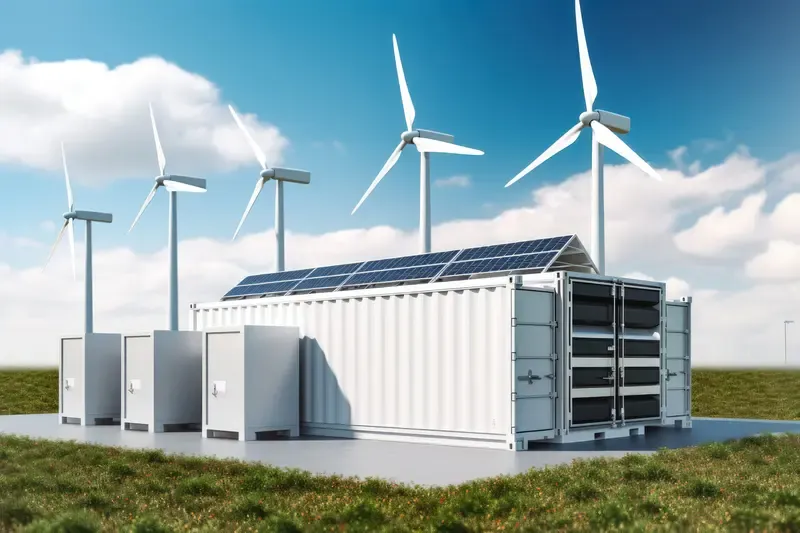As demand is rising around the world for off-grid power in far-flung, mobile, and emergency applications, people want to know how much does a solar container system cost? Whether it's NGOs giving refugee camps electricity or construction firms seeking reliable power in undeveloped regions, containerized solar has become a versatile, powerful solution.
If you're thinking about the price, then you're not alone. However, prices aren't always simple—they vary depending on size, materials, certifications, and location. Let's break down what really goes into the cost and whether it's worth your money.
Understanding What Goes into the Cost
The final cost of a solar container system is more than putting panels in a box. This is what you're really paying for:
- Solar panels:Mono or poly crystalline material quality, wattage size, and efficiency influence cost.
- Battery storage:Lithium-ion vs. lead-acid significantly impacts cost and lifespan.
- Inverter system:DC to AC power conversion; hybrid inverters introduce flexibility into overall cost.
- Control system:Charge controllers, monitoring software, and safety protocols.
- Container structure:Weather-resistant, reinforced steel containers with internal racks, cooling, and cable management.
- Installation & shipping:Some are plug-and-play; some require local integration.
In 2023, a humanitarian aid organization deployed 10-foot solar containers in Port-au-Prince, Haiti. Each system, including 5 kW panels, a 10 kWh lithium battery bank, and real-time remote monitoring, cost around USD $25,000, including shipping and installation.
Standard Price Ranges Depending on System Size
Let's talk about actual prices. Here are standard ballpark estimates (in USD):
| System Size | battery Capacity | Estimated Cost (USD) |
| 5 kW | 10 kWh | $18,000 – $28,000 |
| 10 kW | 20 kWh | $28,000 – $45,000 |
| 20 kW | 40 kWh | $45,000 – $75,000 |
| 50 kW | 100 kWh | $90,000 – $140,000 |
Is it worthwhile to have a higher initial cost for long-term energy self-sufficiency? In most remote or unstable-grid regions, the answer is affirmative. After only 5–8 years, solar container systems often are less expensive than diesel or grid power.

Real-World Case Study: Tanzania Telecom Project
In Arusha, Tanzania, a telecom company replaced three stand-alone cell towers' diesel generators with 10 kW solar containers. The cost of the initial investment was $39,000 per unit. It took 26 months for the system to pay for itself through saved diesel costs and reduced outages.
The icing on the cake? Each system was remotely monitored from Dar es Salaam HQ via a secure cloud dashboard. That visibility improved performance management and reduced field maintenance visits by 40%.
Think About Location and Logistics
Would you need power in a place with rudimentary infrastructure or extreme weather? Are you into a disaster zone or for a mobile setup like an eco-tourist lodge?
Logistical conditions matter. Solar container shipments in Papua New Guinea are delayed by geography, so you must have rugged builds with heavily protected battery cooling. That adds system cost by 10–15%.
Do Pre-Assembled Units Save Money?
Another essential question is: Does it actually save overall cost to buy a pre-assembled container system? In most cases, yes. The upfront cost will seem more than buying everything as components separately, but integrated systems save:
- Lower on-site labor costs
- Cable and installation errors
- Certification downtime
- Shipping from various suppliers
An example is LZY-MSC1 Sliding Mobile Solar Container, which is fully assembled with batteries, inverters, panels, and all safety features—ready to deploy in hours instead of weeks.

More Factors That Influence Cost
Warranties & certifications: IEC, UL, CE certifications enhance reliability but at a cost.
Customization: Need extra outlets, water-proofing, hybrid grid integration? Be willing to pay more.
Monitoring & software: Remote monitoring systems can add $1,000–$3,000 per system.
Subsidies or incentives: Some locations offer tax rebates for containerized solar—worth asking about.
While the upfront expense is high, solar container systems pay back in the long run, especially where power dependability is critical. A well-designed system, optimized for your true load and your local environment, often pays itself back within a few years in savings.

